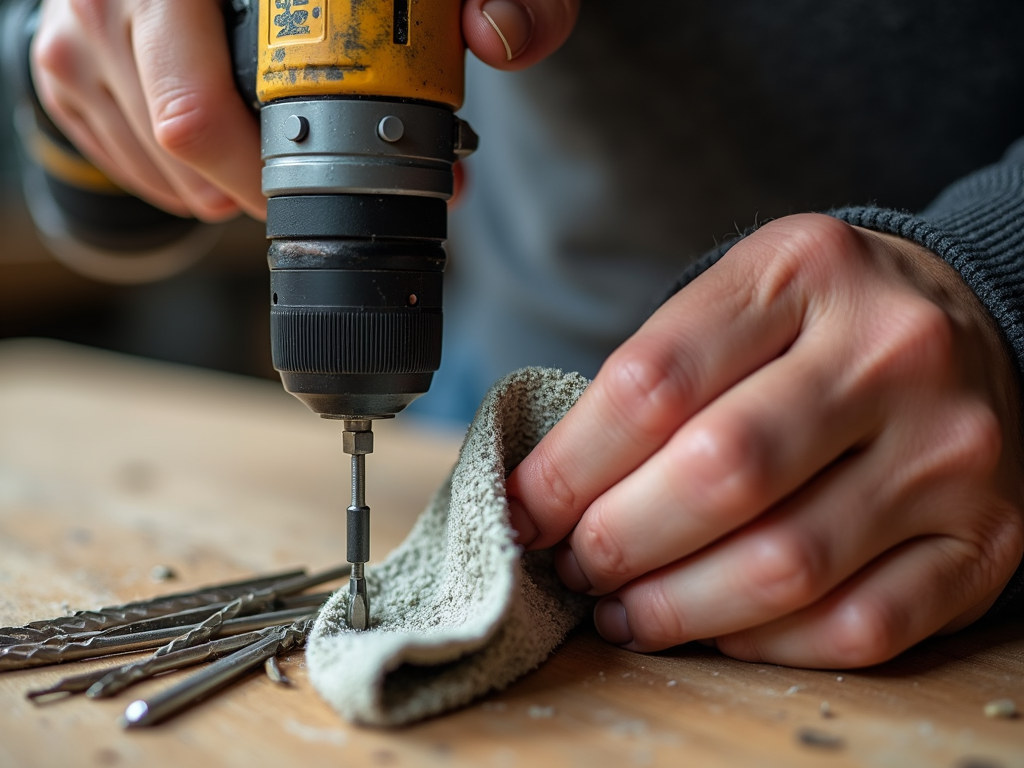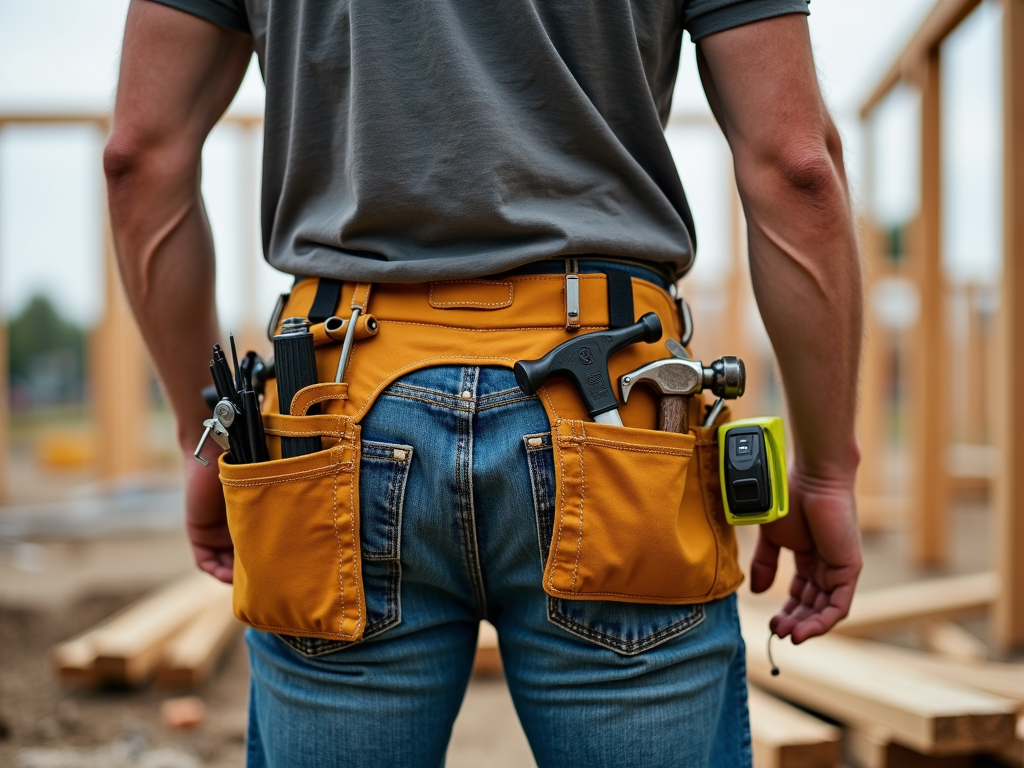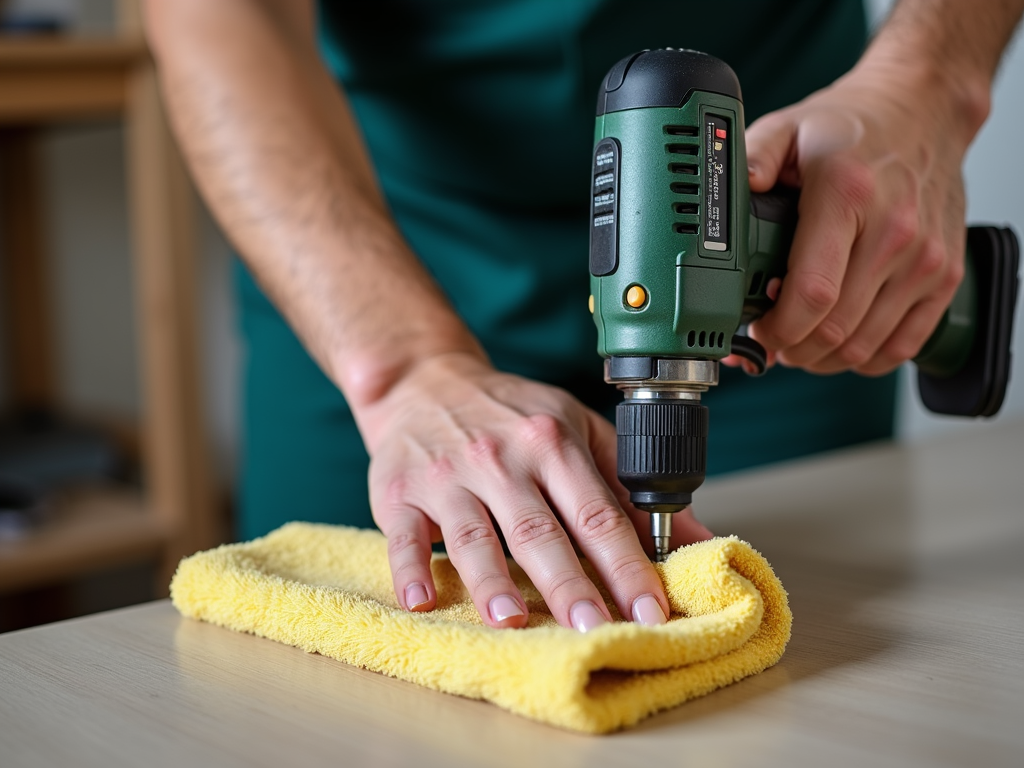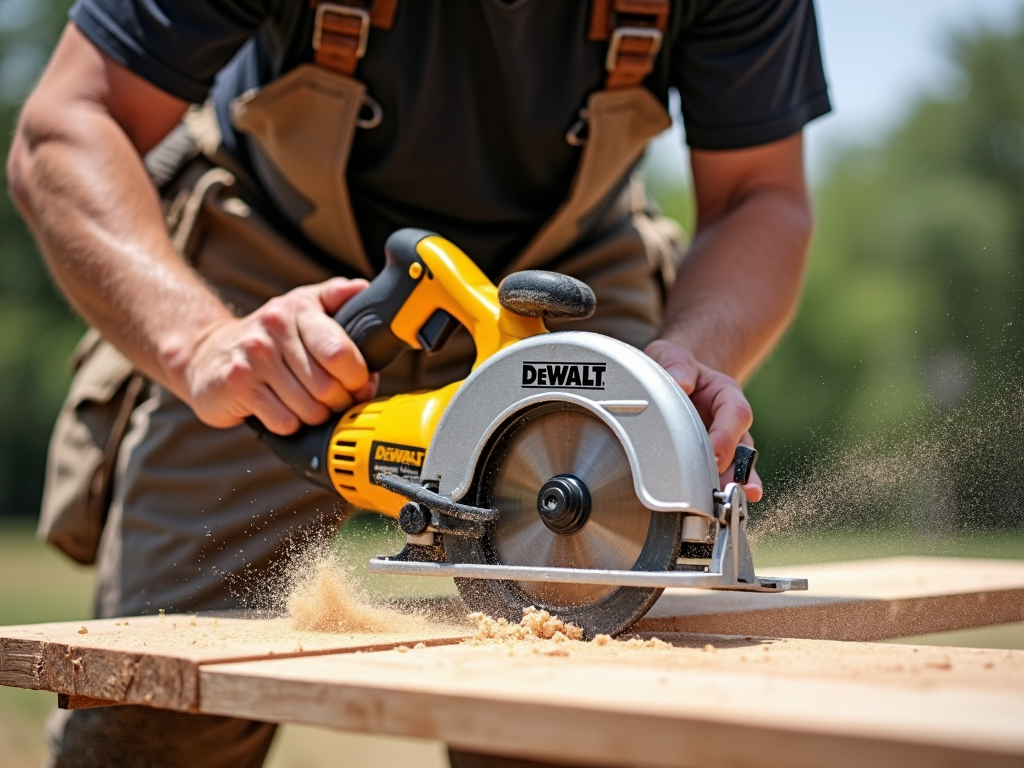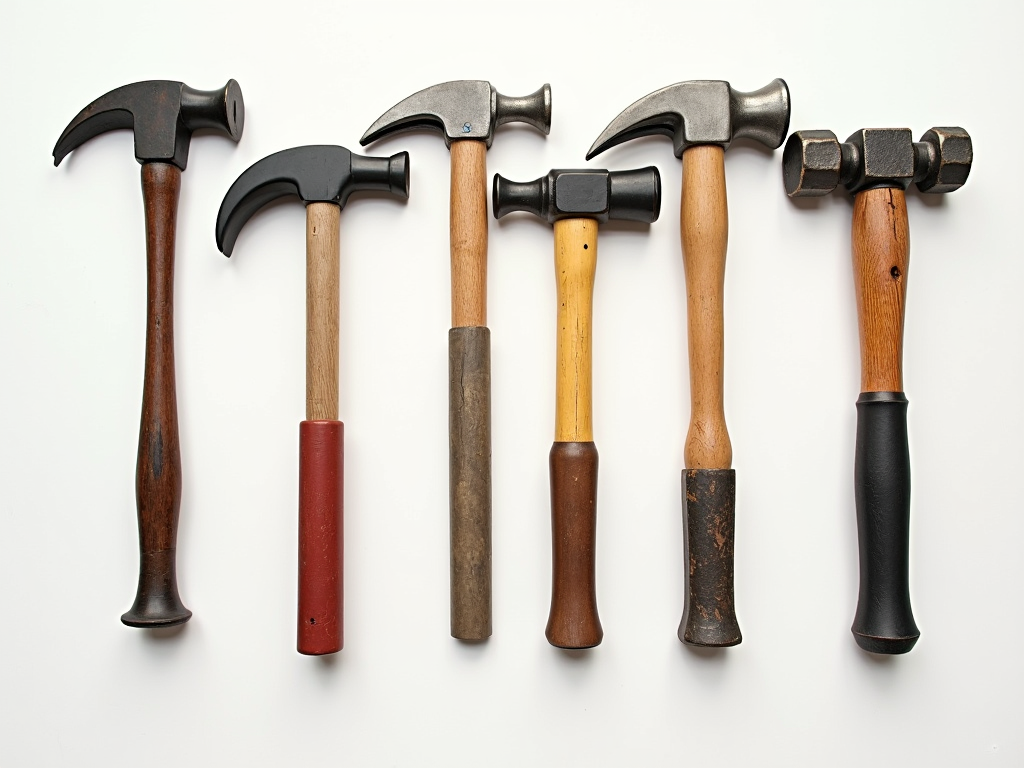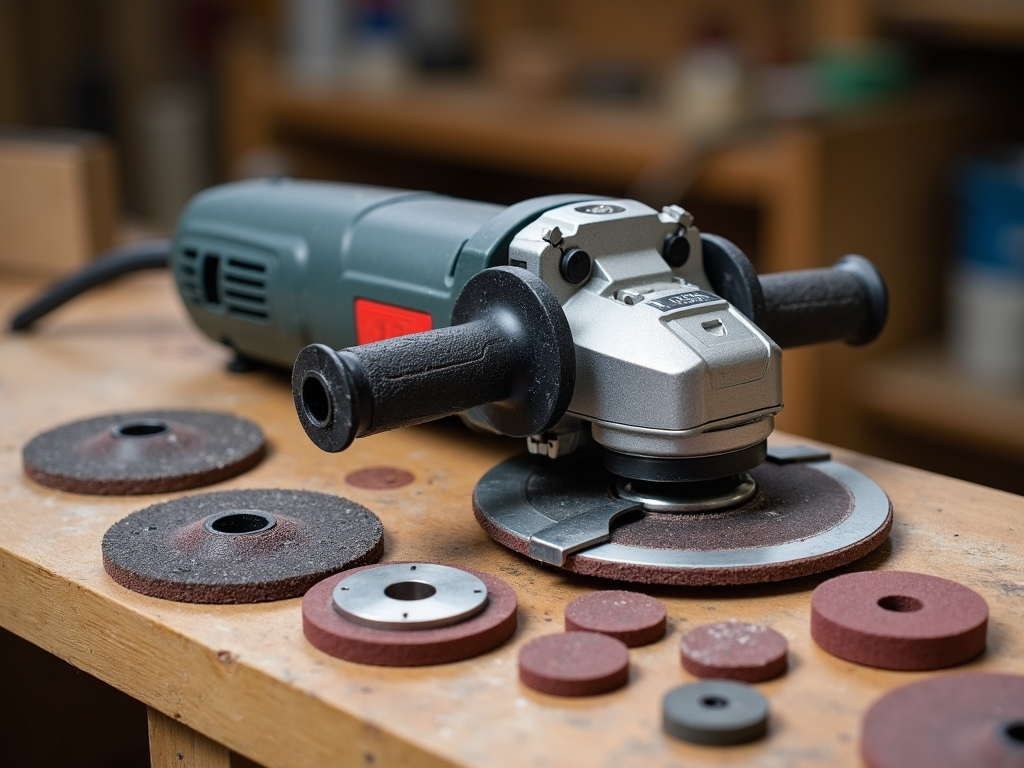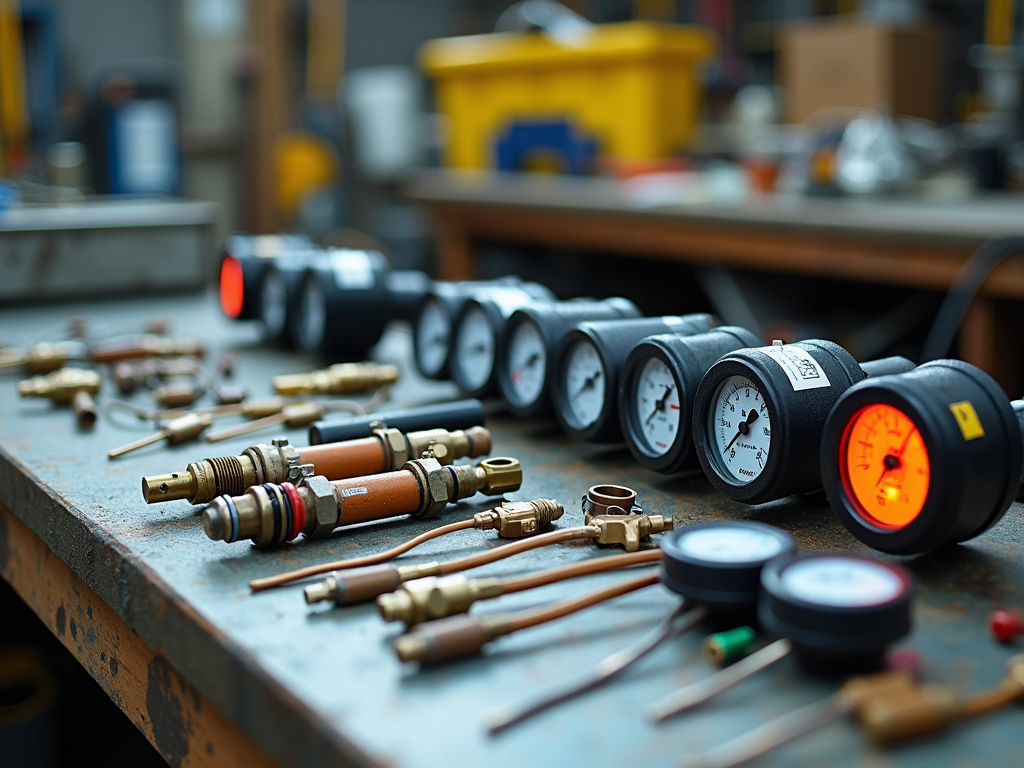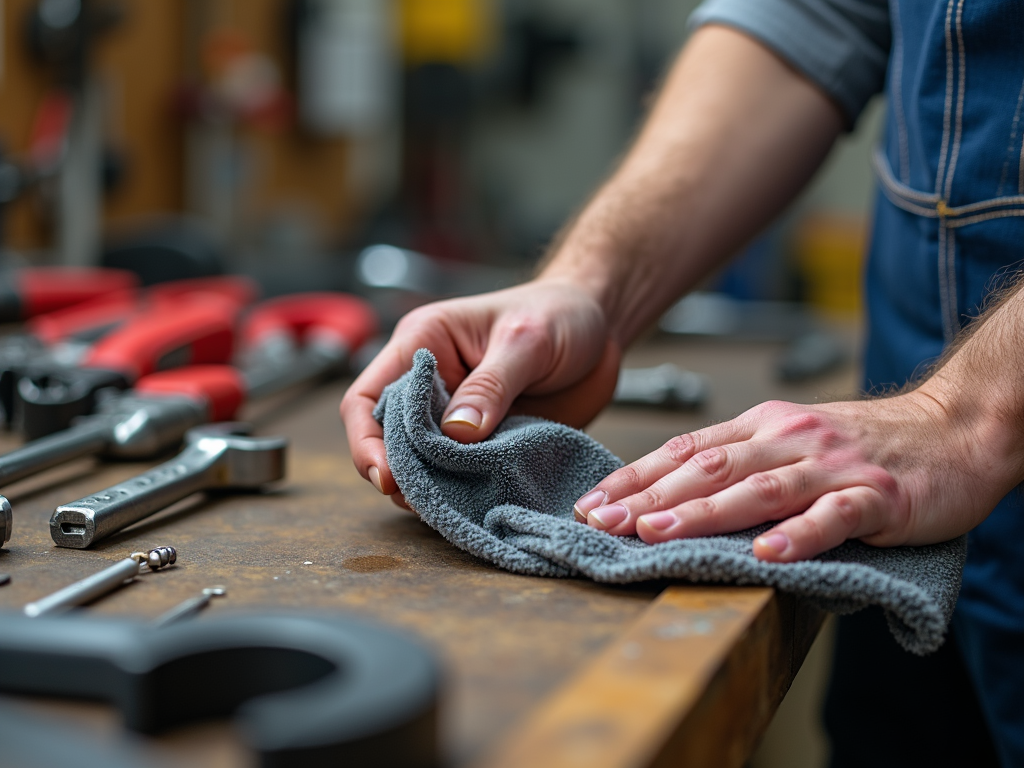Overview
Want your power tools to stick around for years? With the right care, you can extend their life, save cash, and keep them running smoothly. This guide dives into maintaining power tools, especially power drills with multiple attachments, with practical tips you can use today.
Proper Usage
Let’s start with the basics: use your tools the right way. Always read the manual when you get a new power tool. It’s not just a dusty booklet—it’s your roadmap to avoiding mistakes. I skipped it once with a new drill, and I ended up stripping a screw because I didn’t know the torque settings.
Use the right tool for the job. A power drill isn’t a hammer, so don’t treat it like one. Overloading your tools wears them out fast. If your drill groans or slows down, you’re probably pushing it too hard. Ease up or switch to a bigger bit.
For power drills with multiple attachments, match the attachment to the task. Using a wood bit on metal dulls it quickly—I’ve done it, and it’s a rookie mistake. Check the speed settings too. Low speed with high torque works best for metal, while wood needs faster spins. Get this right, and your drill’s motor won’t burn out early.

Cleaning and Maintenance
Cleaning your tools isn’t glamorous, but it’s a game-changer. After every use, wipe them down with a dry cloth. Dust and debris build up fast, especially in drills. I once left my drill dusty after a project, and the next time I used it, the chuck was stiff as a board.
Focus on the chuck and attachments for power drills. Open the chuck wide and brush out any gunk. A little compressed air works wonders too. Don’t let dirt sit there—it’ll make bits slip and ruin your day.
Lubrication keeps things moving. Add a drop of oil to the chuck or gears every few months. It’s like giving your tools a tune-up. Check for wear too—look at cords, screws, and bits. A frayed cord or loose part means trouble. Fix it fast, or you’ll regret it later.
Here’s a quick checklist:
- [ ] Wipe down after use
- [ ] Clean the chuck and bits
- [ ] Oil moving parts
- [ ] Tighten loose screws
- [ ] Inspect cords for damage
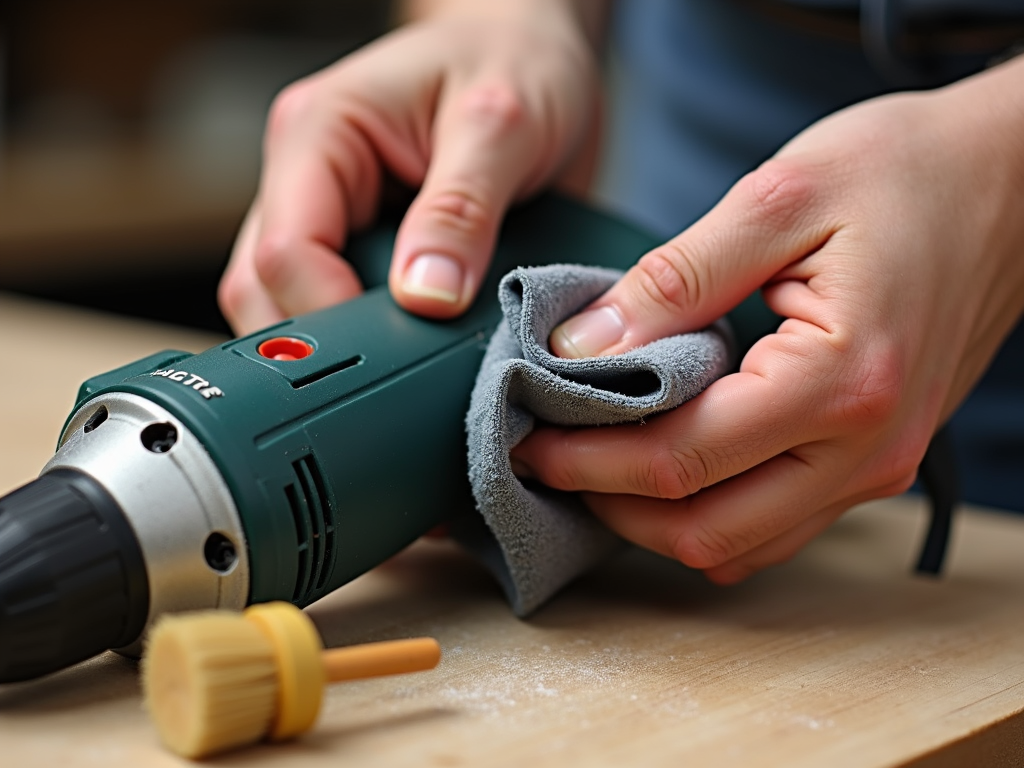
Battery Care
Cordless tools need extra love, especially their batteries. Most power drills today use lithium-ion batteries, and they’re picky about charging. Don’t let them drain to zero—charge them when they hit 20%. I’ve killed batteries by running them dry too often.
Store them right. Keep batteries in a cool, dry spot, away from heat or freezing cold. My workshop drawer is perfect for this. Extreme temperatures zap their life fast.
Here’s a tip: don’t leave batteries on the charger forever. Overcharging hurts them. I set a timer to pull mine off once they’re full. Follow these dos and don’ts:
Battery Care Dos and Don’ts - Do: Charge before they’re empty - Do: Store in a cool, dry place - Don’t: Overcharge them - Don’t: Leave them in the sun

Storage
Where you keep your power tools matters. Moisture is a killer—it rusts metal faster than you’d think. Store them in a dry place, like a garage with good ventilation. I learned this after finding rust spots on a saw left in a damp basement.
Use cases or shelves to keep things tidy. I’ve got a pegboard in my workshop—drills hang by their handles, and nothing gets knocked over. For power drills with multiple attachments, a holder keeps them safe and easy to grab.
Temperature counts too. Heat can warp plastic parts, and cold slows batteries down. If you can, keep tools in a climate-controlled spot. A simple box or rack beats tossing them in a corner any day.
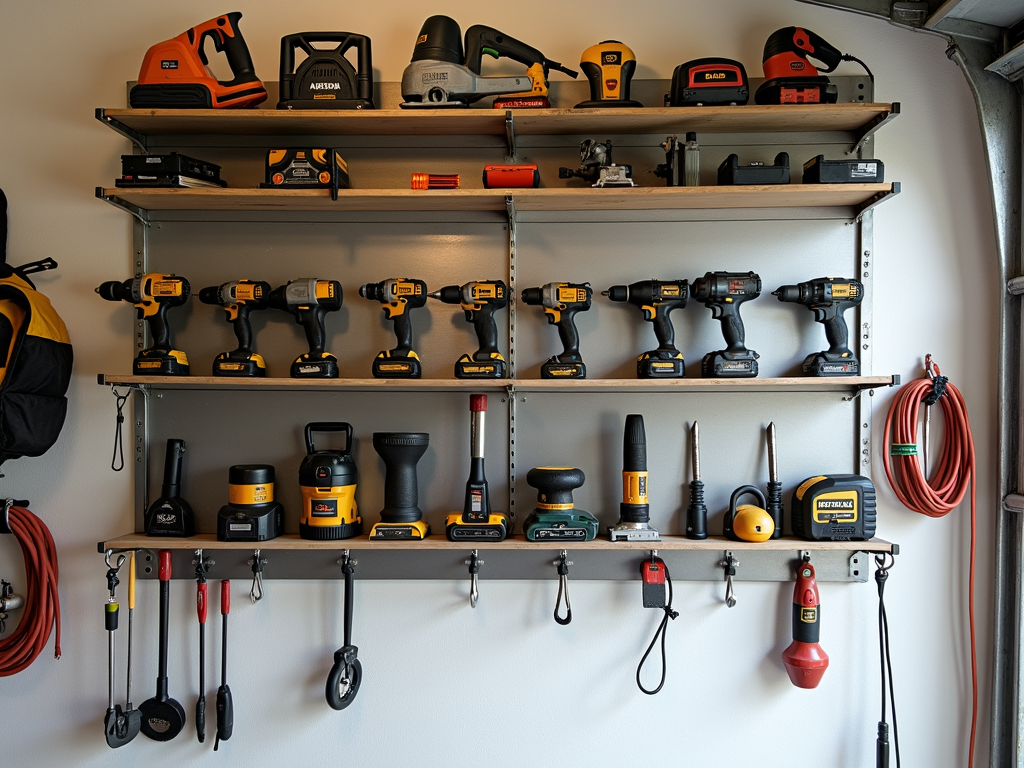
Safety Tips
Safety isn’t just about you—it protects your tools too. Wear gear like safety glasses and gloves every time. A wood splinter flew at me once while drilling, and my glasses saved the day. No one wants a broken tool—or a trip to the ER.
Keep tools away from kids. A locked box or high shelf works best. I’ve seen a toddler grab a drill off a table—it’s not worth the risk.
Inspect your tools often. A cracked handle or worn cord can fail mid-job, damaging the tool—or worse. When using power drills, clamp your workpiece tight. Unsecured wood can spin and jerk the drill, stressing its motor. Unplug it before swapping bits too. One slip, and you’re in trouble.

Summary
Extending the life of your power tools is simple with the right habits. Use them correctly, clean them after every job, care for batteries, store them well, and stay safe. These steps keep your power drills and other tools humming along for years. Trust me—a little effort now beats buying replacements later.
Related How to Extend the Life of Your Power Tools:
- Best Power Drills for Home Use
- The Ultimate Guide to Workshop Equipment Maintenance
- DIY Maintenance Insider Hacks: Keep Your Workshop Equipment in Top Shape
- How to Sharpen Your Chisels
- Tool Belts with Customizable Pockets: The Ultimate Guide for Workmen
- Picking the Right Drill for Your Needs: A Beginner's Guide
- Why Dewalt Tools Dominate the Industry: A Deep Dive into Their Success
- How to Use Hammers Safely: Essential Tips for Every Workman
- Smart Home Basics for Beginners: A Comprehensive Guide
- Enhancing Your DIY Projects with Rotary Tools: A Comprehensive Guide
- Understanding Industrial Sensors: The Backbone of Modern Automation
- Essential Maintenance Tips for Workman Tools: Keep Your Gear in Top Shape


